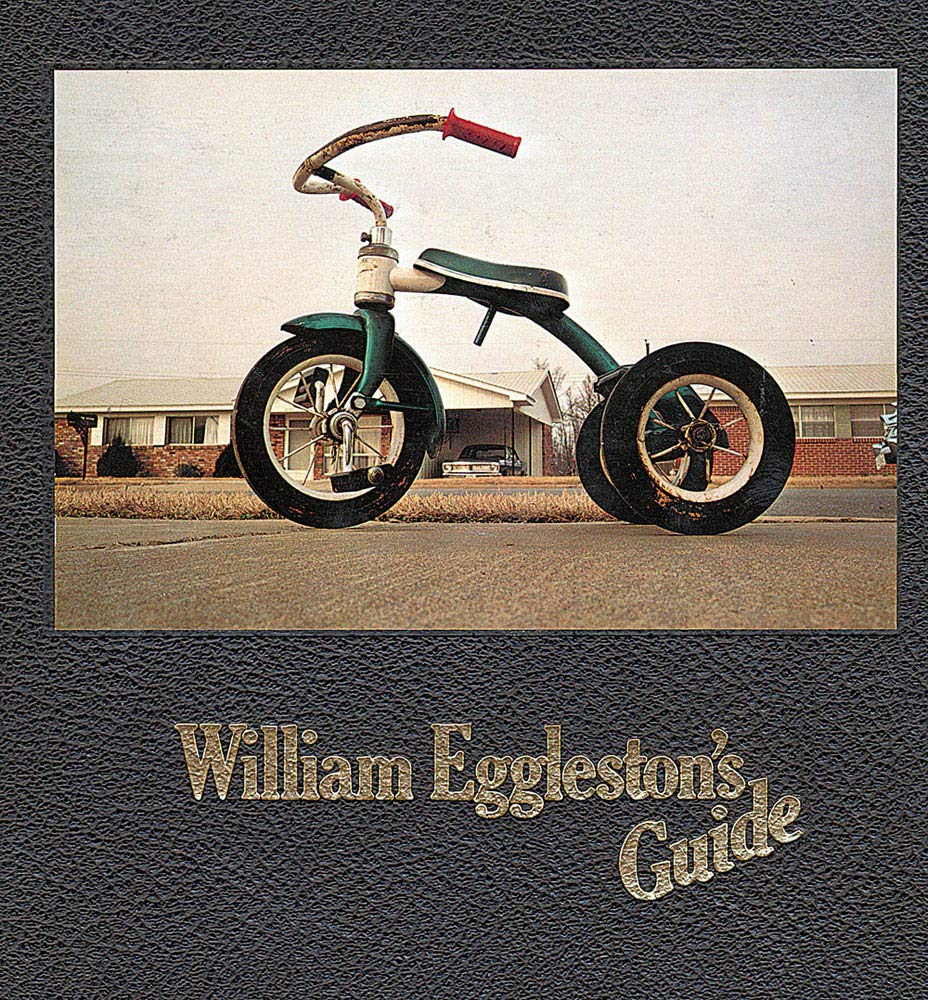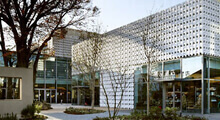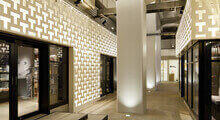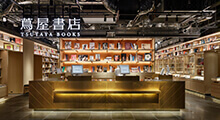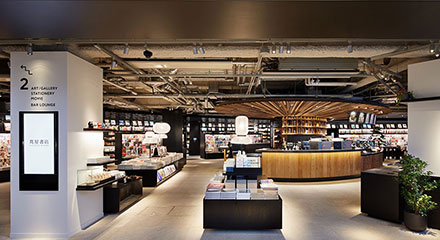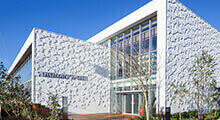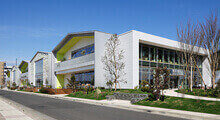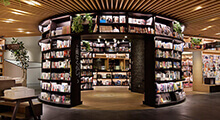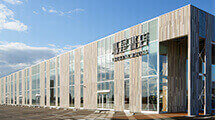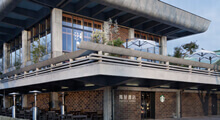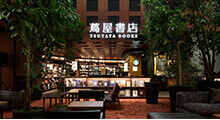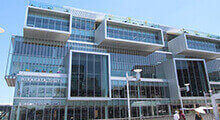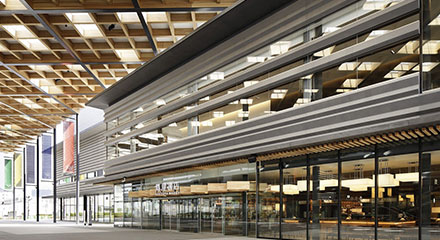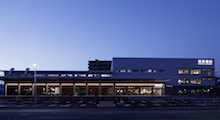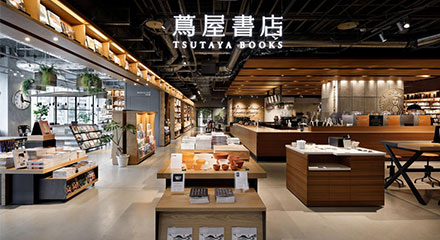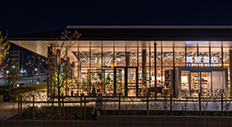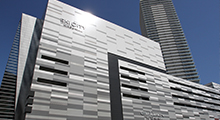[Behind the Scenes Column] "Osaka" - The Osaka I don't know
"Osaka," a book co-authored by sociologist Kishi Masahiko and novelist Shibasaki Tomoka, has been published. It is an essay that reflects the stories of Osaka that Kishi, who came to Osaka, and Shibasaki, who left Osaka, tell. I say "reflected," but as I read it, I was able to vividly imagine the human drama of the two authors. It was so clear, it was as if I could hear the sounds. Perhaps it is because of the place called Osaka? The figures of people seen through the place called Osaka, the person who came (Kishi Masahiko) and the person who left (Shibasaki Tomoka), crossed paths many times.


In Kishi's part, Osaka is depicted as he came to after becoming a university student. As a university student, a bartender, and a wood bassist. Whenever I think of him taking a walk with his partner, Osai-sensei, I feel good. This book features a painting by the artist Masaaki Ogawa on the cover and front page. I felt something similar to the atmosphere created by this tasteful painting, especially in Kishi's part. If I had to put it into words, I would say "Osaka in the corner." But when I think about the events that happen to each person, each one is an event in the corner, I thought as I looked at the dog standing in this painting. And in Shibasaki's part, Osaka, where he was born and raised, is spoken of as an event for an Osakan. Shinsaibashi Ascens, Parco, comedy, music. Things that people have experienced in real life. Events from student days shape people. It was Shibasaki's part that I read and turned each page carefully, saying "Hmm." Yes, this book is full of generous vividness.
By the way, when I think, "Where is Osaka to me?", Juso, Umeda, and Shinsaibashi come to mind.
He seemed to be from outside the prefecture, and all the places he talked about were familiar, but his main interests were photography, work, and books.
About 10 years ago, when I first became interested in photography, I would wander around Osaka whenever there was an exhibition that caught my eye. Bloom Gallery in Juso was one of my favorite galleries, and I would often attend opening parties as well as exhibitions. I would bring six cans of beer, low-malt beer, or chuhai from a nearby convenience store. Someone would bring wine, and everyone would bring food, so we would all have our own tables filled with what we wanted to eat: gyoza, takoyaki, fried chicken, pizza, and so on. I was nervous about eating a meal with strangers, but someone would connect us, and with our shared interest in photography, we gradually became recognized as "that person" rather than "someone."
The Yodo River is right in front of Bloom Gallery. The Yodo River is great, as it often appears in the film. The view of the Yodo River from Juso with the Sky Building on the opposite bank is especially amazing. We had a barbecue and played frisbee.
Anyone who stands on the bank of the Yodo River feels a little younger. Even though the water is extremely muddy, the river is good at refreshing people's hearts. Thank you, Yodo River.

Naturally, our store (UMEDA TSUTAYA BOOKS) is located in Umeda. I live outside the prefecture, so 10 years ago I never thought I would be commuting to the center of Osaka so often. Osaka Station City is Osaka, a station, and a city. Every time I come here I feel a little flustered. I think things like, "I want more weeds." There is an escalator that I always climb before going to work. In front of it, there is a hole that looks out into the distance. To be precise, it is a hole in the gap of a shopping building. From there, you can see an apartment building under construction and a little bit of sky. I look at that hole in the morning. From now until the end of work, I will enter the wall of Lucua 1100. "Breathing air" is no good if it is air-conditioned, and if you can't see the sky, it feels like "breathing (air)". I thought. In front of it is a place where people are walking around busily. Before work, I look up at the sky I saw in the distance and breathe air, which is my usual morning.

Shinsaibashi was Ascens Shinsaibashi. Ascens Shinsaibashi also appears in "Osaka". The first foreign photo book I bought was William Eggleston's "William Eggleston's Guide". I chose it from the many photo books on the shelves at Ascens. I also attended a signing session with friends by Wolfgang Tillmans, which everyone thought was "unbelievable". I watched my friend speak in German, which he had just learned, with bated breath (Tillmans responded with a smile, not German). The talk event at Ascens Gallery connected people involved in photography. It closed in 2018, much to everyone's regret, but I also attended the "Thank You Ascens Selection Fair", a book selection fair by Tomoka Shibasaki and Yu Nagashima, just before the store closed. The last book I bought at Ascens was Shibasaki's "Asako I & II". I still treasure the book cover and bookmark they gave me at that time.

After reading "Osaka" by Kishi and Shibasaki, I wrote my own Osaka here. "To live is to accumulate events," I deeply agreed. There is a comfort in people crossing paths, and each person has their own unique episode.
The city of Osaka has a dense, packed-in feel to it. It made me want to go beyond this book and think about each and every individual incident.
Please tell me about your Osaka.
I would like to ask those close to me as well. I feel like I am hearing about a special exchange with someone irreplaceable.
Written by Masahiko Kishi and Tomoka Shibasaki / Kawade Shobo Shinsha
Written by William Eggleston / Museum of Modern Art





